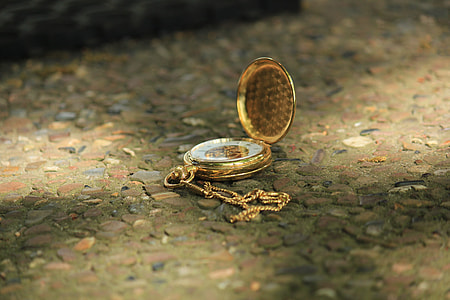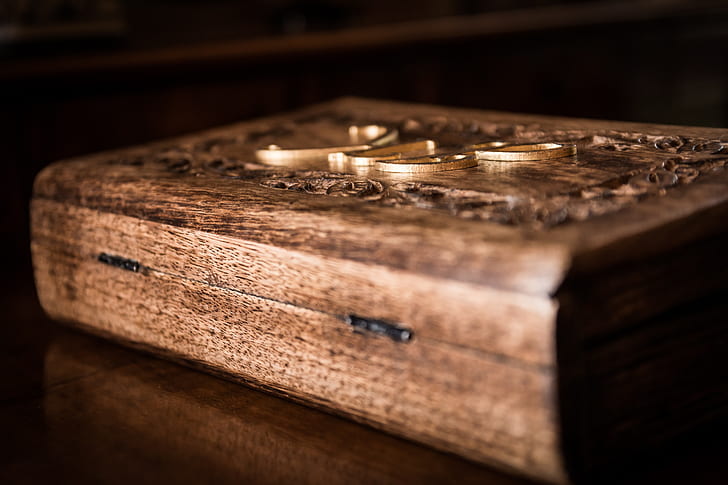An antique is an old, antique object from previous eras. We are talking about movable things that can be moved freely. So an antique can be a sculpture, a painting, and even a ceramic. However, this group will certainly not include real estate.
Contents
Antiques are objects that must be at least more than 100 years old. Antiquity is probably one of the most extended eras of antiquities culture. According to some modern researchers, it lasted as long as 4,000 years! Although there are also those, who shorten this period to about 1500 years.
How is it possible that the duration of antiquity is determined so differently? To resolve this, you must first agree on the era's name. The names antiquity and antiquity are often used interchangeably (treated as synonyms). Although some researchers propose to distinguish between these two terms. So let's consider what they mean.
What is an antique anyway?

In the simplest terms, an "antique" is an object belonging to the old century having a value historical or historical and distinguished from others not only by its age but also its appearance characteristic of it, which is a reflection of the era from which it comes.
There are many types of antiques, and for example, antique furniture is a popular part of the antique category, but not the only one. The division is often pervasive, and if you look at it more broadly, it is not limited to just objects.
A distinction is made between the meanings of the two terms: we assume that antiquity has a narrower scope than antiquity. Even if we consider that antiquity lasted only fifteen centuries, no other epoch was longer. From the conventional end of antiquity to the present day, more or less 1,500 years have passed, yet almost ten periods distinguishable in the history of culture and human history have managed to fit in.
Antiques are also characterized by the fact that they are unique. They cannot be purchased in wholesale quantities, as there are only several dozen pieces on the market. And in fact, none of them is the same because it bears unique traces of use.
What is essential, an antique can be both a work of art (the sculpture mentioned above, painting, or ceramics) and objects of everyday use. Therefore, antique furniture is also included. Historians do not give a date for the beginning of antiquity. The conventional year of the end of antiquity (and antiquity) is considered to be 476 AD.
Then the Roman empire fell, and Romulus Augustus was deprived of power. This was done by the leader of the barbarian troops in the service of the empire, Odoacer. In an irony of history, the history of Rome begins with the mythical Romulus (and Remus) and ends with Romulus - different, of course.
Another date accepted by scholars as the end of antiquity is 529 AD. It was then that the Academy of Plato, which had existed since about 387 BC, was closed down. Plato's Academy, one of the most important institutions of that period, was closed. The school founded by the outstanding thinker provided education in philosophy, mathematics, rhetoric, etc.
Historic buildings into movable and immovable

This is one of the most straightforward divisions and very important in legal terms. The legal description can be found in the Act on the Protection and Care of Historical Monuments, where you can find the basic definition and fundamental division. In simplest terms
Immovable monuments are immovable property, a part of it or a group of properties, evidence of the past era. This mainly includes buildings, dwelling houses, churches.
On the other hand, movable monuments are movable objects, parts or groups of things, which include furniture, items of everyday use, jewelry, armor, money (coins), clothes, and other items of this type, practically everything that has a characteristic reflection of the era can be considered an antique.
What items can be considered antiques?

Often restorers appear in the period since the end of World War II. In this case, there is no clear indication of time. In the case of buildings, a period of 100 years is said, while when it comes to movable objects, in this case, the situation is more complicated.
Antiques, monuments, and antiques can be very different from each other and can have different values. The law says about the age of 100 years. Still, often antiquarians consider antique objects that are the actual evidence of a bygone era (so they do not necessarily have to have the prescribed age).
How to recognize antiques?

First of all, you should have some knowledge about the era from which the item comes. If you do not have it - it is not a problem. Thanks to Internet resources, you can quickly and easily supplement this knowledge on our website. This, however, is not the end. Unless you are an expert in this field, it can be tough to distinguish genuine antiques from furniture/objects styled as antiques.
You also need to carefully look at the object of interest. If it is a piece of furniture, you should check if it bears traces of use. These will be some losses, visible signs of repairs, changes in upholstery, etc. In the old days, craftsmen did not have such advanced machines, so the construction should not be fully polished (wood was not entirely planned, so antiques often have splinters in places invisible at first glance).
In addition, there are abrasions, tarnishing, and stain marks. All this can indicate the authenticity of the piece of furniture.
What can be antique?
An antique is called an old antique object from previous eras. We are talking about movable objects that can be moved freely. So an antique can be a sculpture, a dressing table, or even an iron with a chimney. However, to this group, we will certainly not include real estate.
What categories of antiques do we distinguish?

Focusing primarily on antiques of a movable nature, there are really many different categories. Some stand out as artistic creations, such as paintings, ceramics, tapestries, jewelry. It is also possible to list antiques of utilitarian character, including furniture, tableware, lamps, clocks, which, although they were used for a specific purpose, bear the artistic mark of a given era.
Where can you buy antiques?
However, suppose you aren't a specialist and don't have extensive knowledge about the manufacture of individual items in different eras. In that case, we may not be able to assess whether we are dealing with only stylized furniture, which is sold as an antique. That is why you should buy antiques in reliable stores, which already have a reputation in the market.
First of all, antique stores deal with the sale of antiques. There are a lot of such antique shops in the world, and it is worth knowing that antique dealers who collect antiques attach great importance to the originality of their collections.
In antique shops, we can find many valuable items, which often have a vibrant history, and what is more important, they are tangible evidence of past history. Nowadays, antique stores are also increasingly moving to the Internet, and antique stores operate in the form of stationary and online.
Although these are items that are a fair reflection of what was the quintessence of style at the time. Those who can afford it can always afford to own items created according to the latest trends and from the best raw materials. But in the meantime, fashion changes so that the rich can stand out from the rest, so the carousel of forms goes on.
Even in the modest representatives of the old styles, there is a nobility that I think we miss - handmade, traditional techniques of antique sentimental approach. That sentiment is a component of pricing in antique stores. In contact with an old object, even a common one, I evoke an idea of the world and people no longer there.
These are witnesses! Their situation is similar to the memories of people who witness historical events. The more they disappear, the more valuable are the meetings with them, and the accounts heard directly from them.
Conclusion

When buying an antique on auction portals, classifieds, or from an unknown seller who is not even established, we can never be sure that we will not be cheated. Of course, we can go with such furniture to a specialist who will confirm or not its authenticity, but it is much better to go straight to an antique dealer.
The law in no way specifies how old an item of furniture should be to be called "antique." In this respect, the conservator makes the decision, which is reflected in the entry in the register of historical monuments. However, it may happen that an "obviously" antique item is not entered there. This does not deprive it of the attribute of being "listed," but it is not subject to the protection provided by the law.
A separate category is constituted by archaeological sites, i.e., sites found on the ground or underwater, the remains of old times. In this case, what really decides is that the monument was "unearthed," as there are no indications of its specific age.
Art history comes to the rescue with this age. Generally, the European standard is that an archaeological monument is an object dating back to the period no later than the early Middle Ages. In contrast, later ones gain the status of monuments.
As can be seen from the above definitions, antiques, monuments, and works of art are various products of a common domain: art. They represent different values, but they also have standard features that make them belong to a single category of thought. These include decorative motifs, manufacturing techniques, and, above all, the meaning of their creation.
Hugh Honour and John Fleming emphasize in their book, History of World Art? All these objects and objects are connected by a bond that evokes aesthetic impressions and particular emotions in people? Positive and negative, more potent and weaker, tragic and joyful experiences, and collecting passion.




